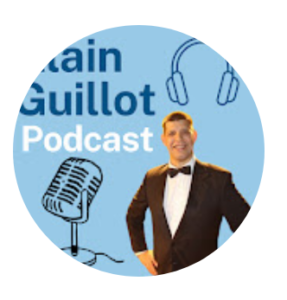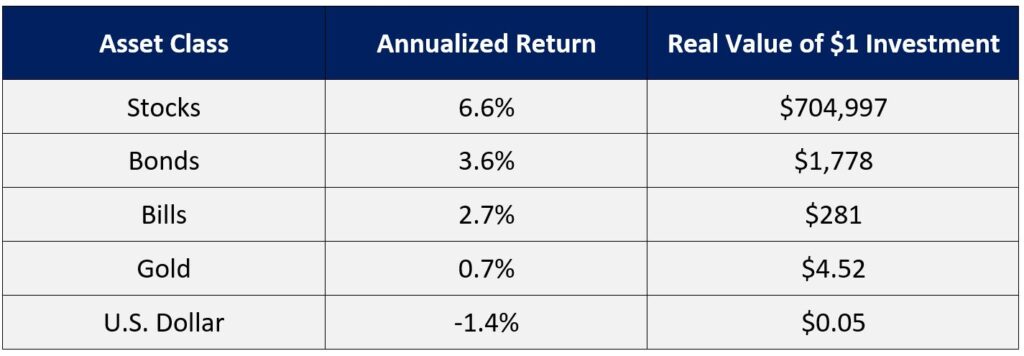
By Monica Mendoza
Special to Financial Independence Hub
Wealth-building plays a critical role in securing your financial future. More than just having enough money to cover day-to-day expenses, it’s about creating a financial cushion that allows you to navigate life’s uncertainties and enjoy peace of mind in the long term.
Whether your goals are to own a home, provide for your family, or retire comfortably, it’s essential to take steps to build your wealth as soon as you can. Follow the smart financial strategies listed below to help you set a solid foundation for achieving your long-term wealth-building goals.
Start the Process by Creating a Realistic Budget and Sticking to it
Your budget is the cornerstone of your financial plans. As such, it’s important to set a solid foundation for achieving your long-term goals by putting together a realistic budget that reflects your financial needs and capabilities. This means keeping a record of your expenses, categorizing your spending into essential and non-essential items, and using these details to plan your future spending. Having a clear picture of where your money goes can help you identify areas where you might be overspending and adjust your budget if needed. Once you’ve established control over your finances, you’ll have more room to save and invest for the future.
Build an Emergency Fund that can Sustain your Household for several months
There are circumstances, such as illnesses and accidents, that may require you to immediately shell out money or disrupt your source of income for some time. These can quickly derail your finances if you’re not adequately prepared. That’s why building an emergency fund is crucial. Start as early as possible to grow your funds; open a bank account with high-yield savings, such as Maya’s Personal Goals or Time Deposit Plus that let you earn at least 4% p.a. and up to 5.75% p.a., respectively. Aim to set aside 3 to 6 months’ worth of living expenses in such accounts. This fund will serve as a financial buffer so that you won’t need to rely on credit cards or loans when an emergency arises. Having an emergency fund gives you a sense of security and keeps your wealth-building efforts on track.
If you have Debt, make a Priority of Paying off High-Interest Debt First
Debts, particularly high-interest debt like credit card balances, can severely hamper your ability to build wealth. Focus on paying these debts first to prevent your balance from ballooning even further. If you have multiple high-interest debts, consider using either the avalanche method (pay the debt with the highest interest rate first) or the snowball method (start with the smallest debt for quick wins). You may also want to consolidate debts so you only have to worry about one amount and one deadline. Once you’re free from high-interest debt, you’ll have more flexibility to redirect your money toward savings and investments that grow your wealth.
Look into Investing in Retirement Accounts as early as possible
Even though retirement may seem too far into the future, it’s never too early to plan for it. In fact, the sooner you start investing for retirement, the better. Aside from government-backed retirement plans like the Social Security System (SSS) and Personal Equity and Retirement Account (PERA), you can also put some of your money in investment products like time deposits or stocks. Consistently contributing to these accounts over time allows you to benefit from compound interest, which grows your investments faster. Prioritize retirement contributions as part of your wealth-building strategy to ensure that you’ll have a secure financial future when you’re ready to stop working.
Diversify your Investments to Control Risk and earn Long-Term Returns
Instead of putting all your money in one place, spread it across different types of investments, such as stocks, bonds, mutual funds, or real estate. Each type of investment behaves differently under various market conditions, so diversification helps protect your wealth from sudden market downturns. If you’re new to investing, consider working with a financial advisor or using investment apps that provide access to diversified portfolios with lower entry points. Continue Reading…







